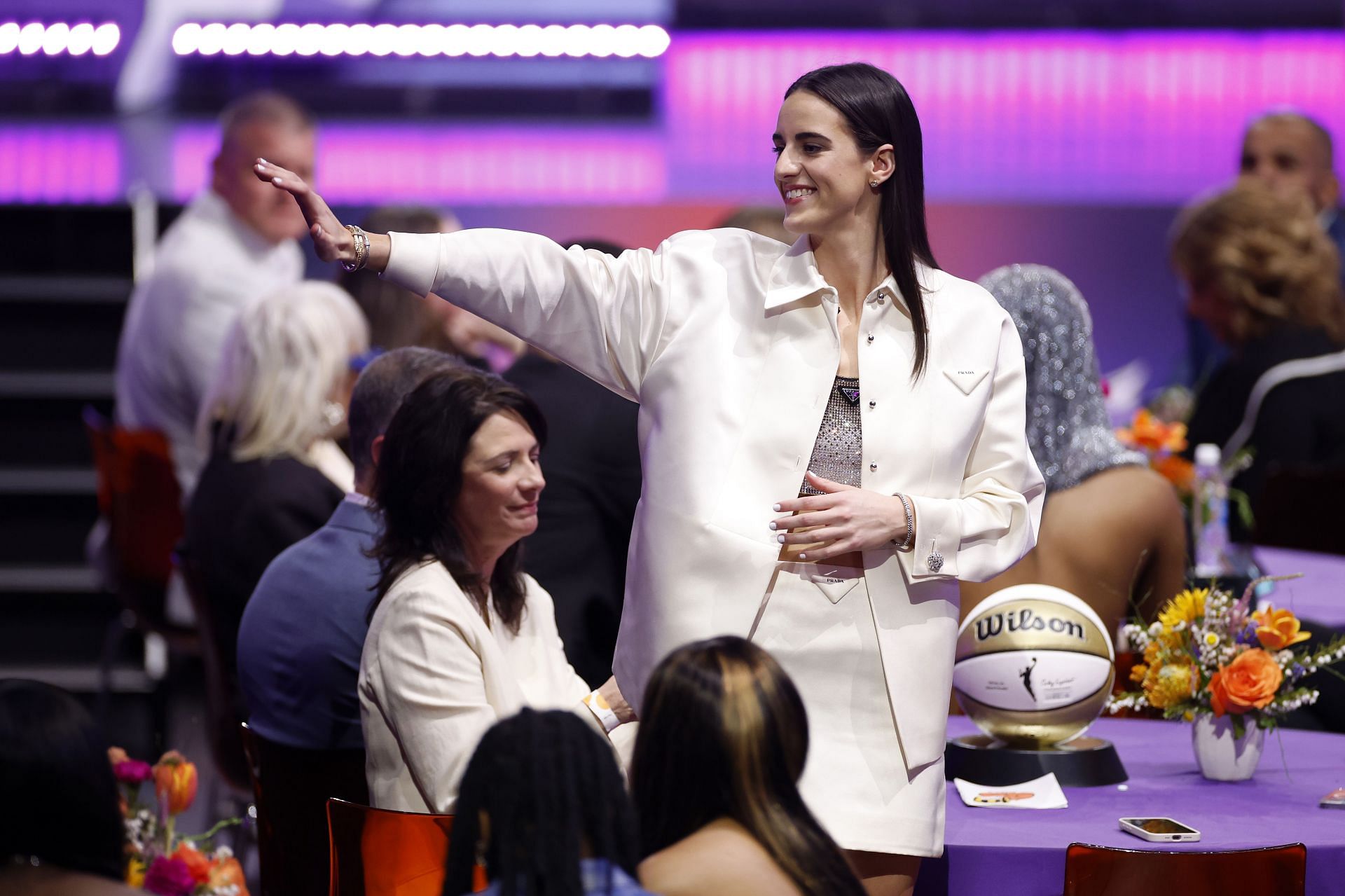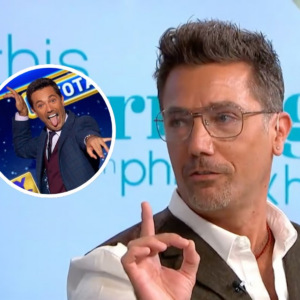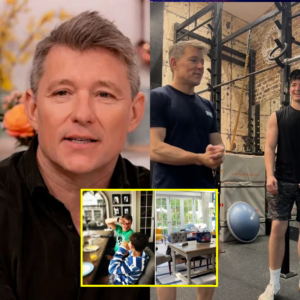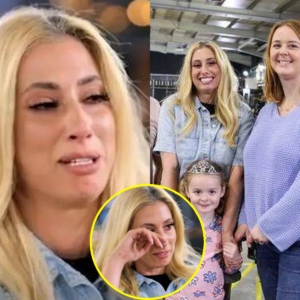 Catlin Clark, the #1 overall pick in this year’s draft
Catlin Clark, the #1 overall pick in this year’s draft
WNBA fans were brimming with disappointment and frustration as footage of rising star Caitlin Clark and her WNBA team members flying coach on a commercial flight surfaced on social media. The viral clip has reignited a simmering debate about the league’s treatment of its athletes, sparking widespread discussion and concern among fans.
This recent incident occurs at a crucial juncture for the WNBA. With viewership numbers reaching record highs and the league experiencing a surge in popularity, incidents like this have the potential to overshadow the positive strides the WNBA is making.
Clark, the No.1 overall pick in this year’s draft, was filmed boarding a commercial flight alongside other Indiana Fever players for tonight’s preseason game against the Dallas Wings. Swift and unforgiving reactions flooded Twitter, with many fans expressing their frustration and disappointment.
“The league should be ashamed of themselves for not having charter flights,” one fan said.
Additionally, some fans expressed concerns about the safety of the players in these scenarios.
“WNBA need to fly their play private plane this crazy safe of these ladies should be #1 goal,” wrote one fan.
Some fans also appear to respect the team’s decision to fly commercials, noting that it has been a longstanding practice for years and is not a new occurrence.
“The W has flown like this for years. This ain’t nothing new. Welcome to the W,” a fan said.
“What’s wrong with this again??” said another fan.
However, criticism also extended to the team owners, with some pointing out their inability to provide private flights for the team.
“How are they not flying private owners gotta do better,” a fan wrote.
Why WNBA’s travel limitations remain a challenge
The straightforward explanation? Money. Despite its promising growth, the WNBA is financially younger compared to the NBA. Operating expenses, including travel costs, remain notably lower. The NBA generates billions in revenue annually, dwarfing the WNBA’s figures, allowing the NBA to invest heavily in travel for player comfort and recovery.
The WNBA’s current TV media rights deal generates approximately $60 million annually. In contrast, the NBA’s current TV deal brings in roughly $2.1 billion for the league. This stark contrast highlights the significant disparity in financial resources between the WNBA and its male counterpart in professional basketball.
The WNBA Players Association has long advocated for better travel accommodations, citing fatigue and a compressed schedule as hurdles to peak performance. Commissioner Cathy Engelbert has previously acknowledged the issue, but improvements have been slow.
News
Clarissa Molina aclaró el escándalo de su posible boda con un cantante
La modelo y actriz Clarissa Molina, quien participó en el reality de la cadena televisiva Univisión, Nuestra Belleza Latina 2015, acaparó todos los titulares de la prensa…
Clarissa Molina responde si tiene o no una relación seria con Don Omar
Clarissa Molina, la reconocida presentadora, ha salido al paso de los recientes rumores que la vinculaban sentimentalmente con el famoso cantante Don Omar. Estas especulaciones surgieron luego…
Golpe bajo para Clarissa Molina, su ex le restriega en la cara su nuevo romance.
Hace casi un año desde que la ruptura entre Vicente Saavedra y Clarissa Molina se hizo totalmente pública, desde ahí se rumoró sobre la nueva relación del…
Clarissa Molina alcanza importante logro en su carrera: «Sin ustedes nada de esto sería posible.
Clarissa Molina alcanza importante logro en su carrera: «Sin ustedes nada de esto sería posible» https://www.highcpmgate.com/p0ut9gg9xt?key=e9fc917fb094409cd5918642ea6fac69 Clarissa ha sido nominada recientemente en los prestigiosos Premios Soberano de…
El apuesto entrenador de Clarissa Molina que ha transformado el cuerpo de la conductora.
Su espectacular físico y su gracia en la pasarela, convirtieron a Clarissa Molina en la ganadora de Nuestra Belleza Latina 2016. Desde entonces han pasado muchas cosas…
El nuevo sueldazo que gana Clarissa Molina ahora que estrenó programa en Univisión.
Una de las conductoras más importantes de Univisión es Clarissa Molina, quien en los últimos años ha ganado mucha popularidad y la cadena le ha confiado la…
End of content
No more pages to load











